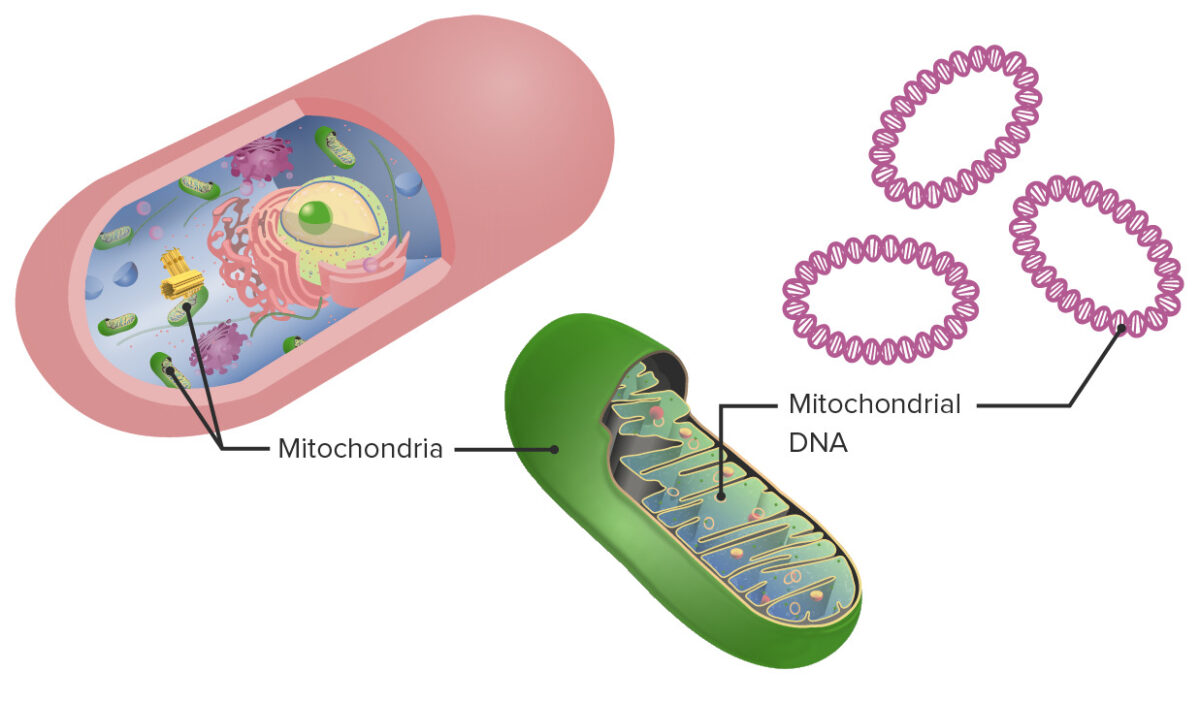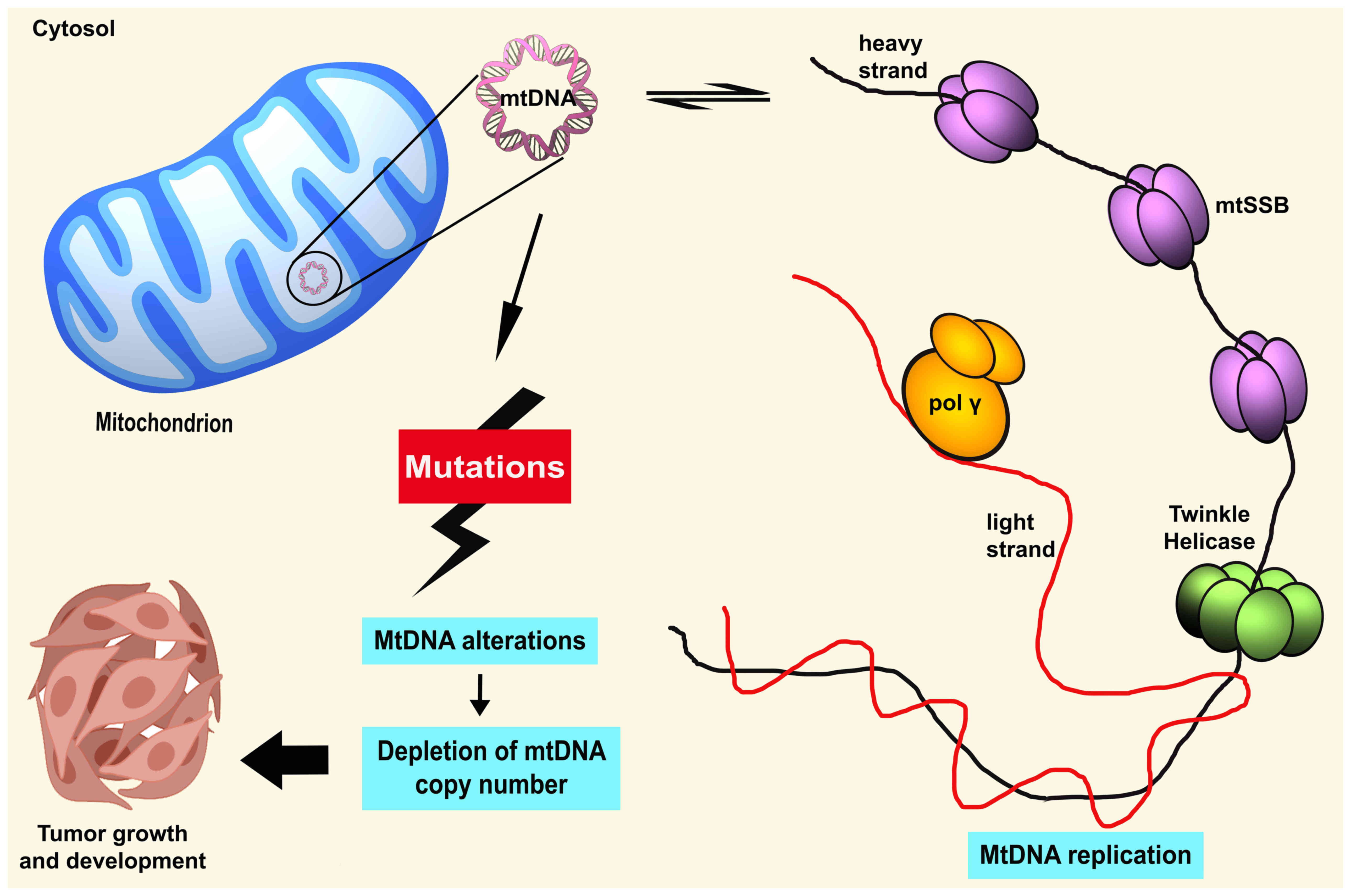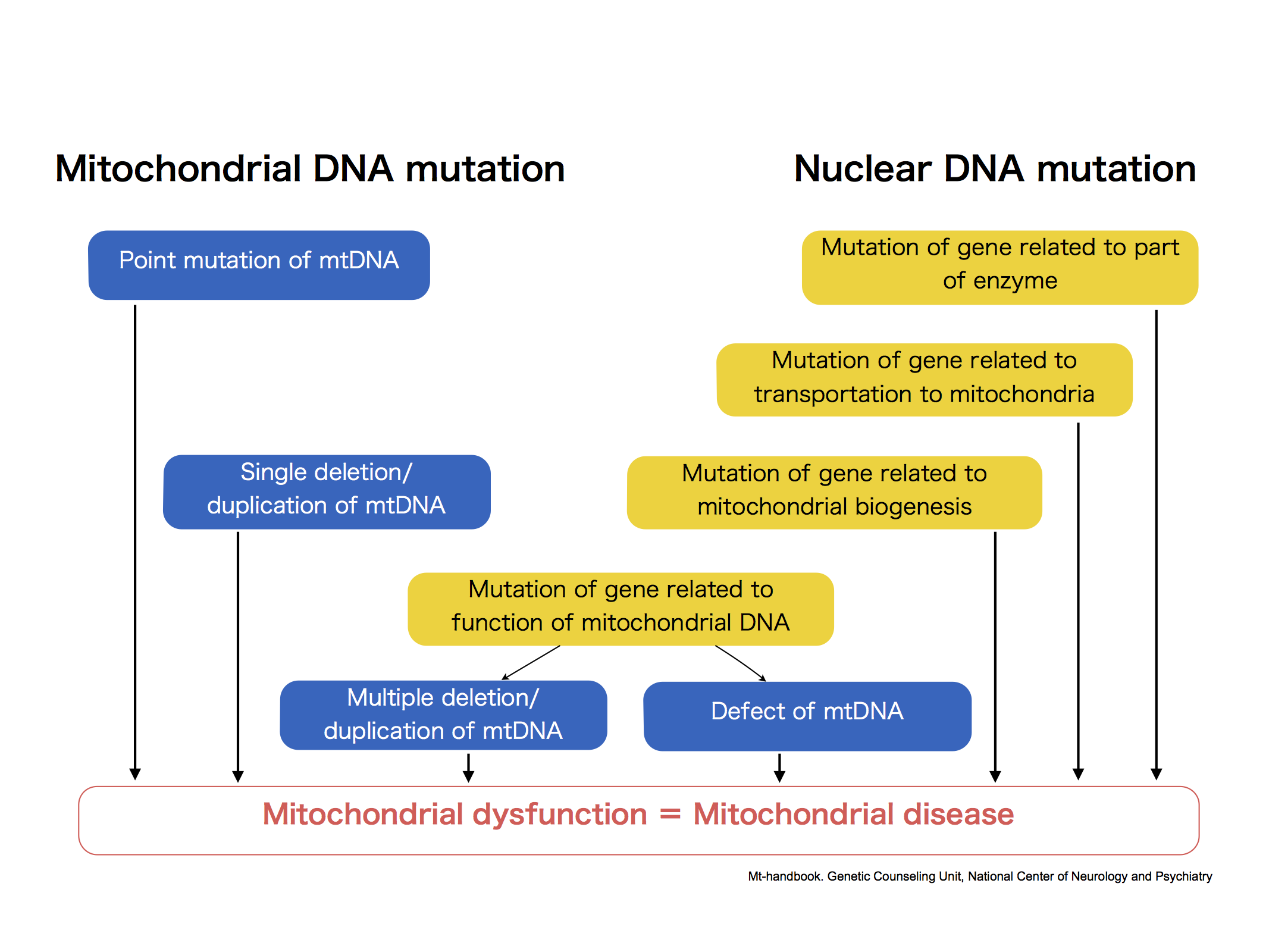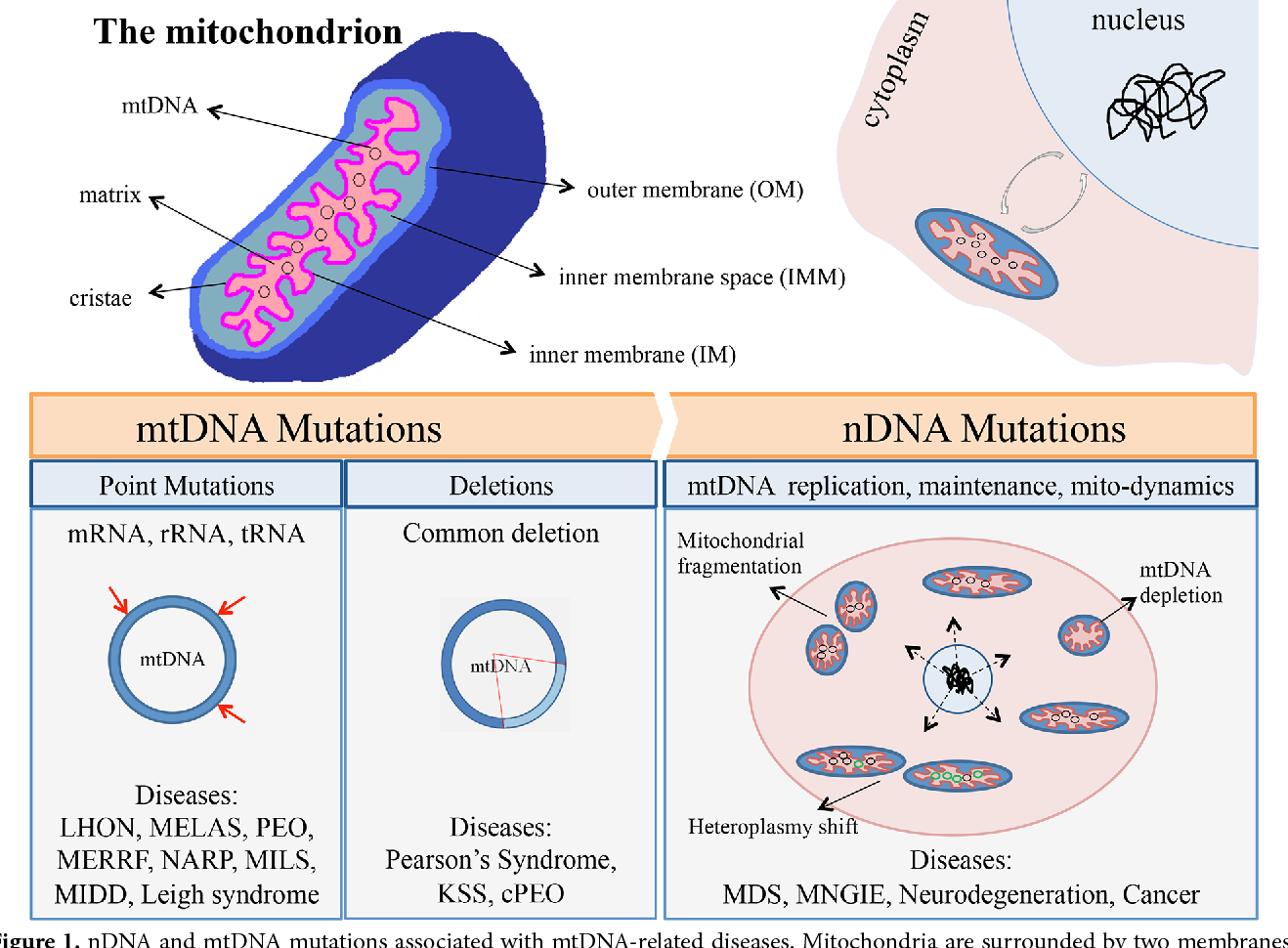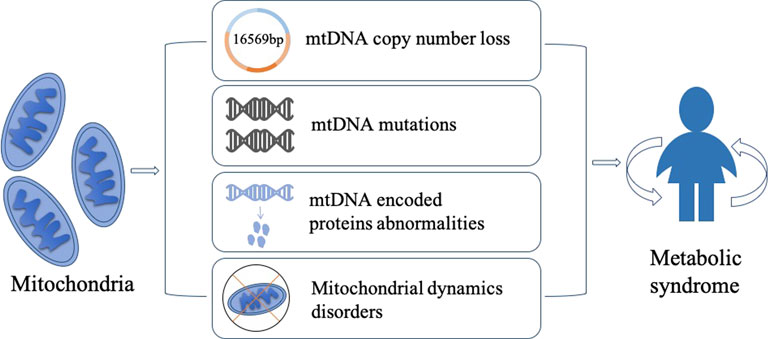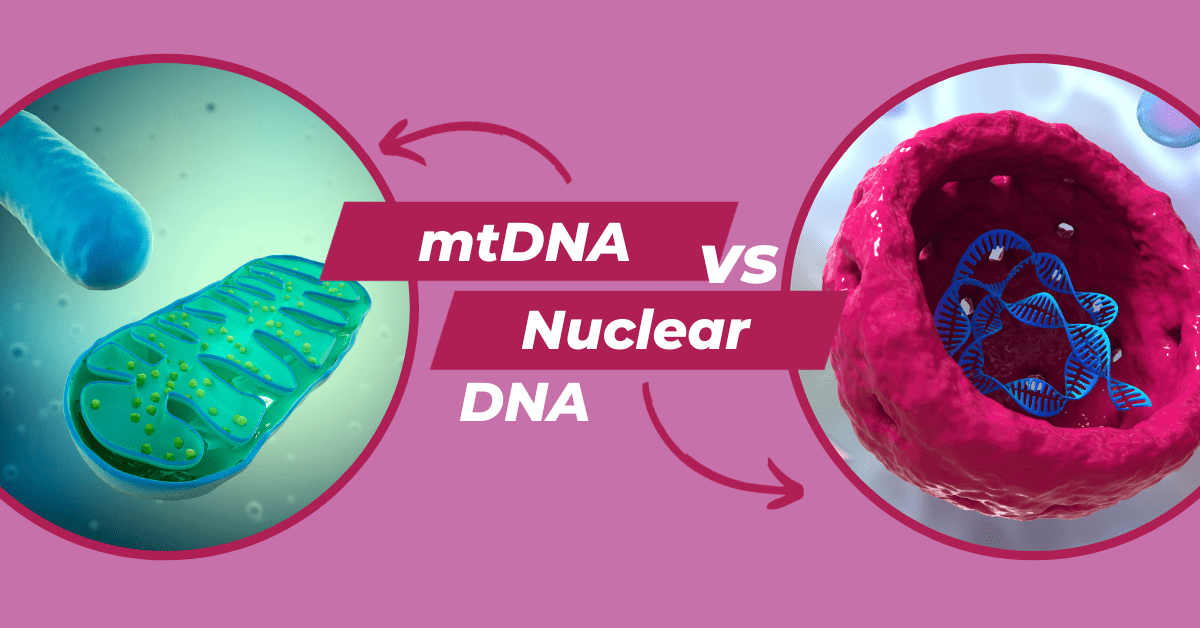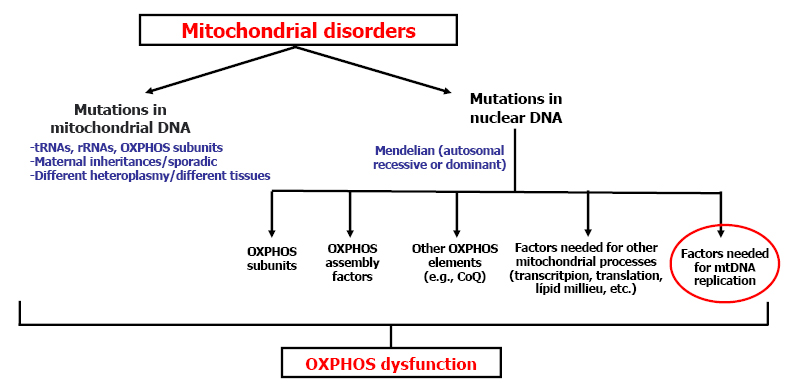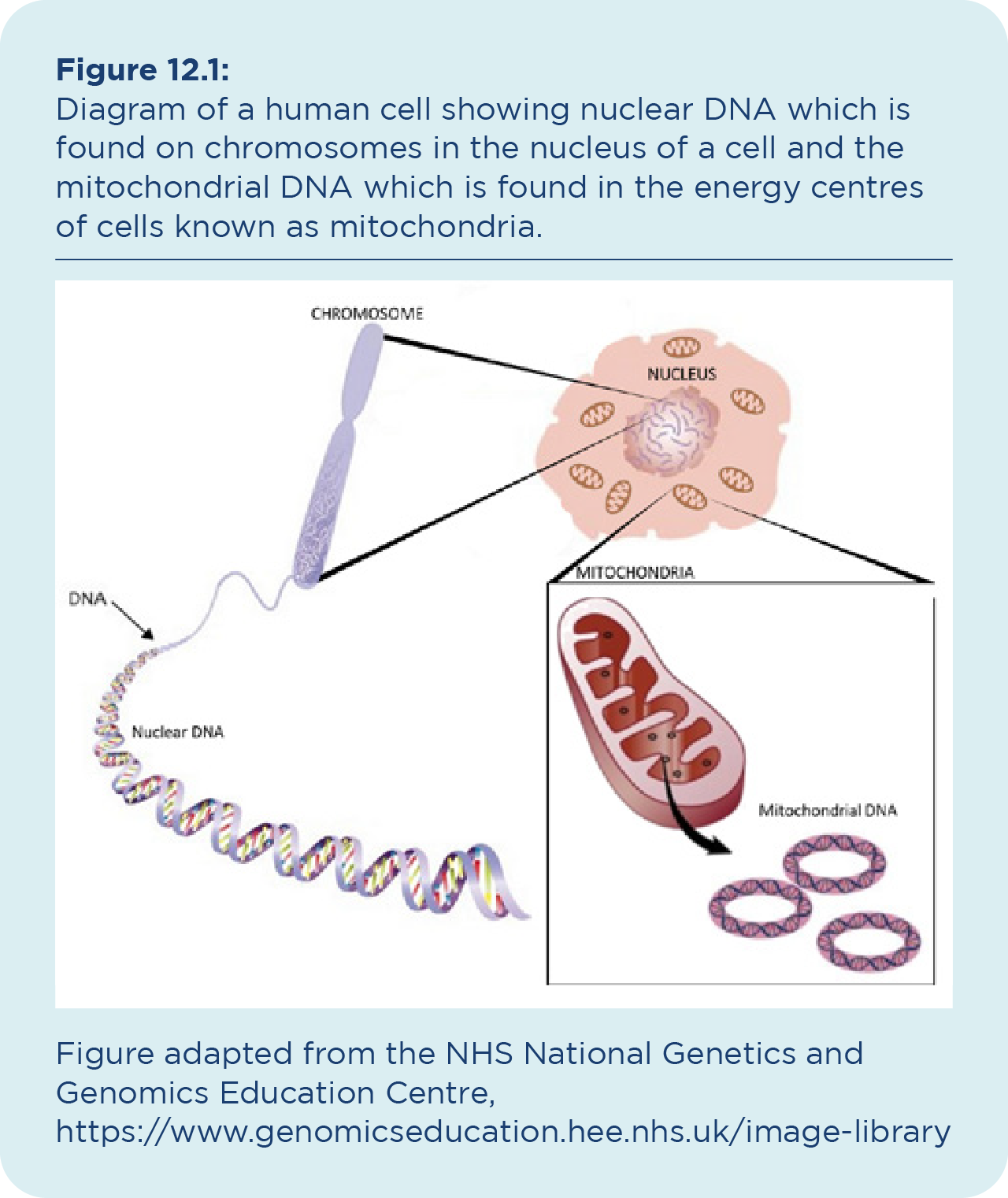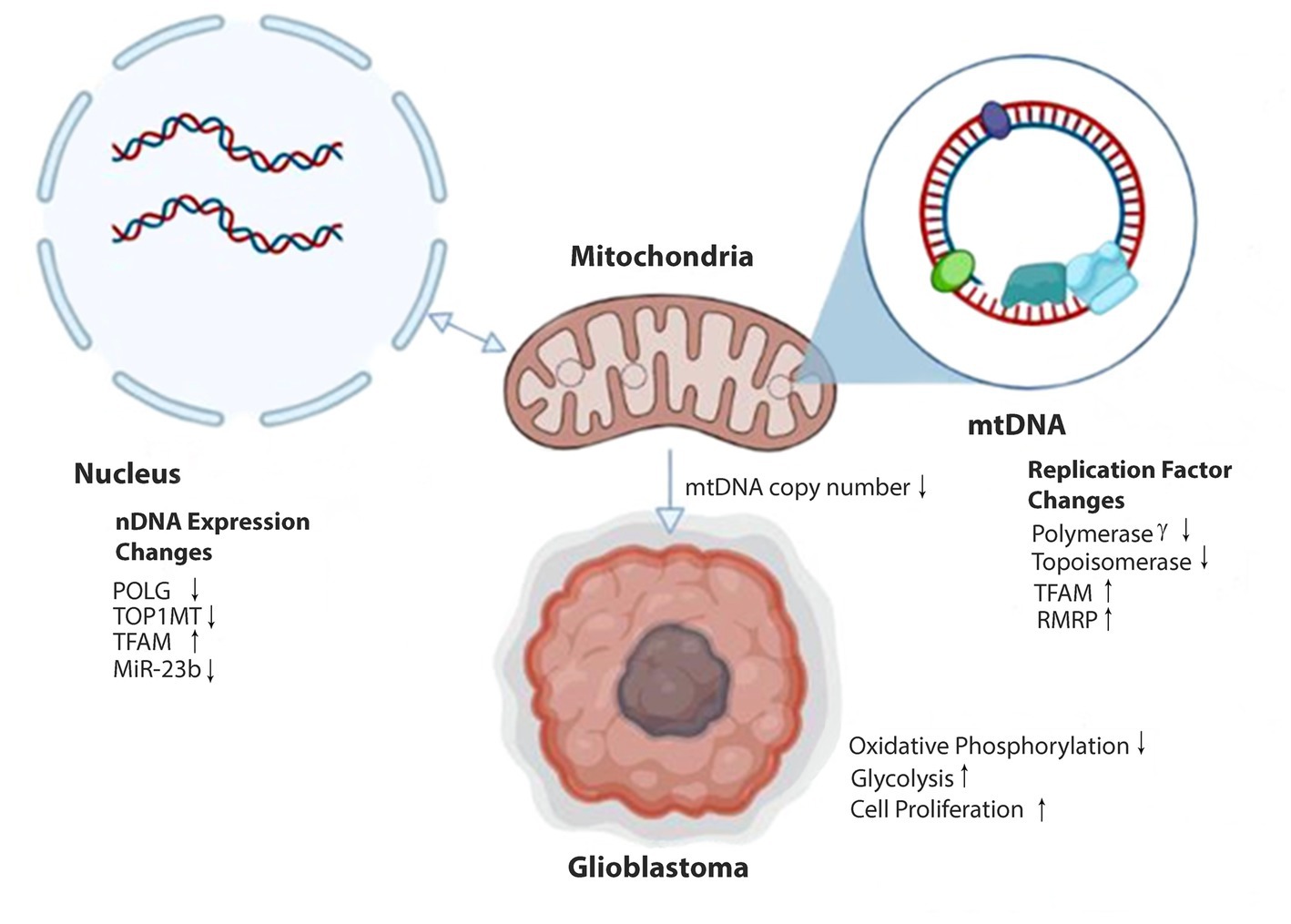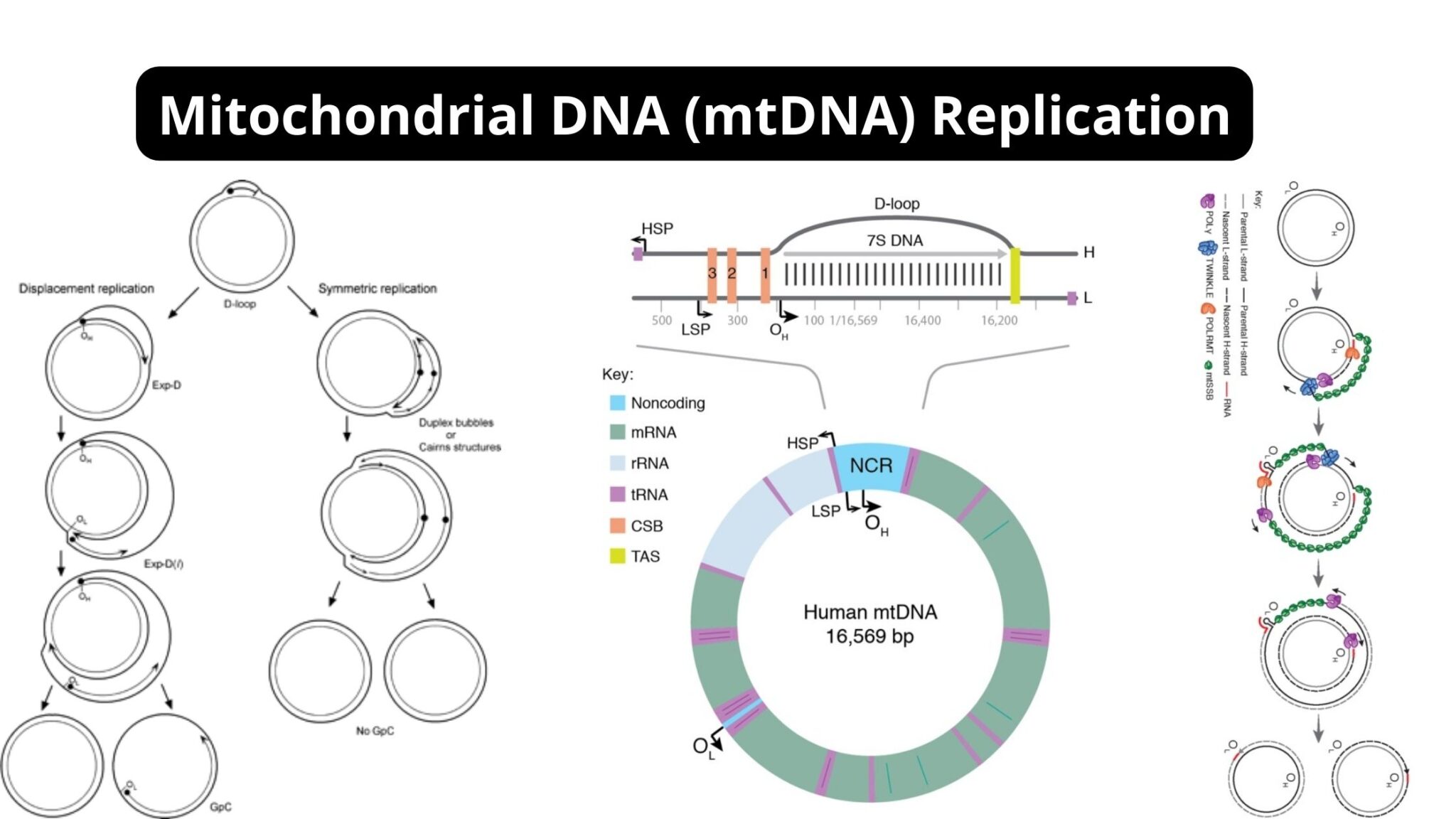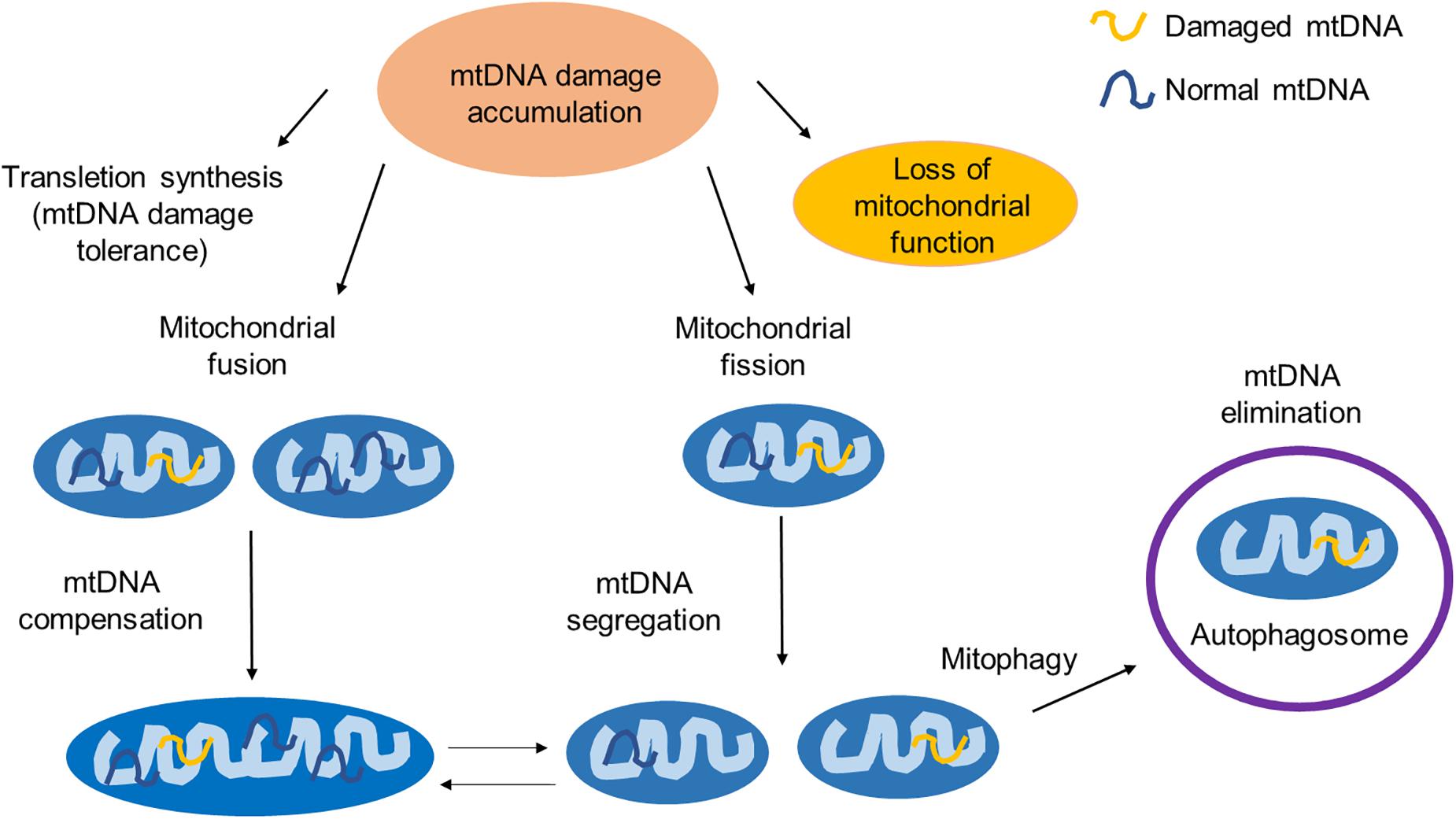What Causes Variety In Our Mitochondrial Dna

Mitochondria, often called the powerhouses of our cells, possess their own DNA, separate from the nuclear DNA that dictates most of our traits. This mitochondrial DNA (mtDNA) exhibits remarkable variation across individuals and populations. Understanding the forces driving this diversity is crucial for tracing human ancestry, studying the origins of diseases, and even improving personalized medicine.
Scientists are actively working to unravel the complex puzzle of mtDNA variety. They examine mutation rates, population bottlenecks, and the unique inheritance patterns of mtDNA. This knowledge helps researchers decode our past and potentially shape our future.
The Basics of Mitochondrial DNA
Unlike nuclear DNA, which is inherited from both parents, mtDNA is typically passed down exclusively from the mother. This maternal inheritance pattern simplifies tracing lineages because there's no genetic recombination, where DNA from both parents mixes.
The human mtDNA genome is small, comprising just over 16,500 base pairs. It encodes essential components for cellular respiration, the process that generates energy for the cell.
Because mtDNA has a high mutation rate compared to nuclear DNA, changes accumulate faster. This rapid evolution makes it a powerful tool for studying recent evolutionary events and genetic relationships within species.
Mutation: The Engine of Variation
Mutation is the primary source of new genetic variation in mtDNA. These changes arise spontaneously during DNA replication and can be influenced by environmental factors like radiation.
Some mutations are harmless, producing no noticeable effect on cellular function. Others, however, can be detrimental, leading to mitochondrial diseases.
Different regions of the mtDNA genome have different mutation rates. Some sections are more prone to change than others, creating hotspots of variability.
Population Bottlenecks and Genetic Drift
Population bottlenecks, events where a population dramatically shrinks in size, can significantly impact mtDNA diversity. When a population goes through a bottleneck, much of the existing genetic variation is lost.
The surviving individuals, who carry a subset of the original mtDNA lineages, repopulate the area. This leads to a reduction in overall diversity in the newly formed population.
Genetic drift, the random fluctuation of gene variants in a population, further contributes to mtDNA variation. Some mtDNA lineages may become more common simply by chance, while others disappear.
Natural Selection's Role
While mtDNA is often considered to be selectively neutral, meaning that most variations don't affect fitness, there is growing evidence that natural selection can play a role in shaping its diversity. Certain mtDNA variants might be advantageous in specific environments.
For instance, studies have suggested that some mtDNA haplotypes (sets of genetic variants) are associated with increased resistance to certain diseases or improved energy production at high altitudes. Individuals with these beneficial haplotypes are more likely to survive and reproduce, leading to an increase in their frequency in the population.
Researchers at the University of California, Berkeley are currently investigating the role of natural selection in shaping mtDNA diversity across different human populations. Their work focuses on identifying mtDNA variants that are associated with specific environmental adaptations.
The Importance of Heteroplasmy
Heteroplasmy, the presence of multiple mtDNA variants within a single cell or individual, is another factor that increases mtDNA diversity. It is more common than previously thought.
Heteroplasmy can arise from new mutations occurring in a single cell or from the inheritance of different mtDNA variants from the mother. Over generations, the proportion of different mtDNA variants can shift within a lineage, leading to further variation.
The effects of heteroplasmy on human health are still being studied. Some research suggests that it can influence the severity of mitochondrial diseases and aging.
Implications for Disease and Ancestry
Understanding mtDNA variation has significant implications for understanding and treating mitochondrial diseases. Identifying specific mtDNA mutations that cause disease is crucial for developing diagnostic tools and potential therapies.
Additionally, mtDNA analysis is a powerful tool for tracing human ancestry and migration patterns. By comparing mtDNA sequences from different populations, scientists can reconstruct the history of human movements across the globe.
Organizations like the National Geographic Society are utilizing mtDNA data to map the human family tree and uncover the origins of different ethnic groups. Their Genographic Project has collected mtDNA samples from hundreds of thousands of individuals worldwide, providing valuable insights into our shared human history.
Looking Ahead
The study of mtDNA variation is an ongoing and evolving field. As new technologies and analytical methods emerge, scientists will continue to refine our understanding of the forces that shape mtDNA diversity. This knowledge will be essential for unraveling the complexities of human evolution, improving our understanding of disease, and potentially tailoring medical treatments to individual genetic profiles.

